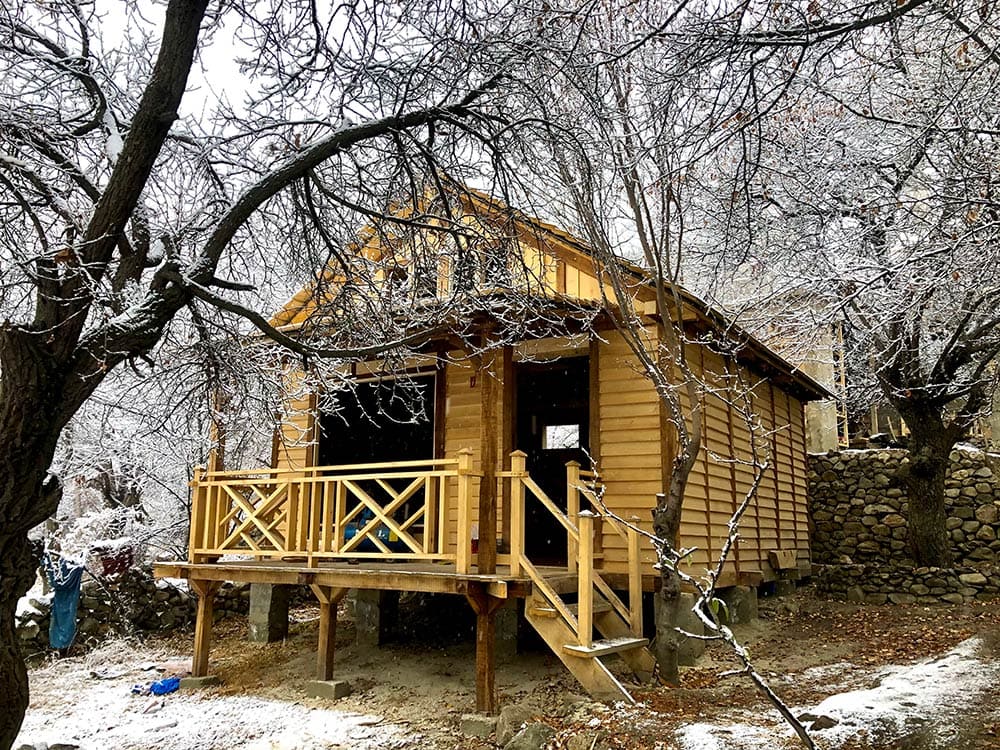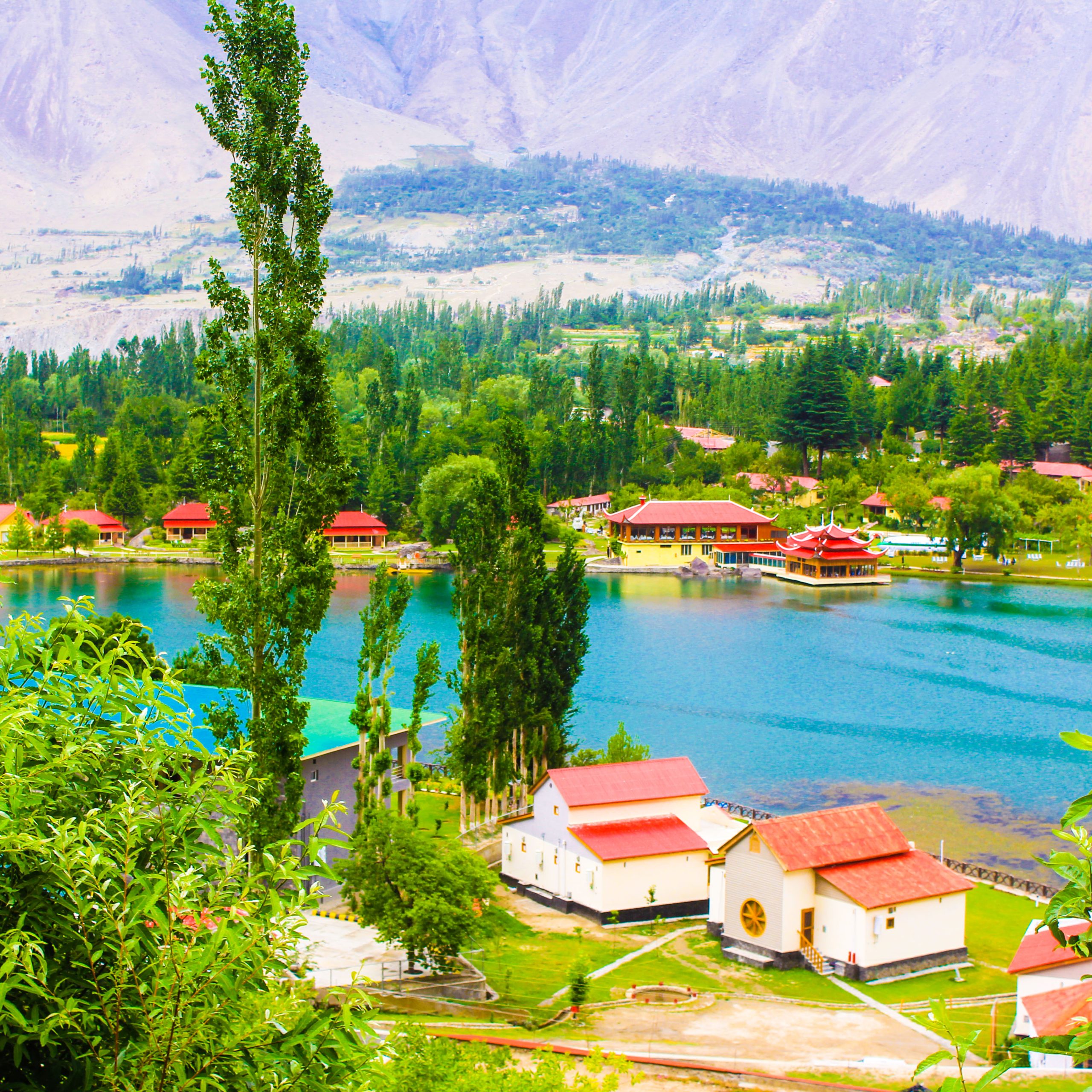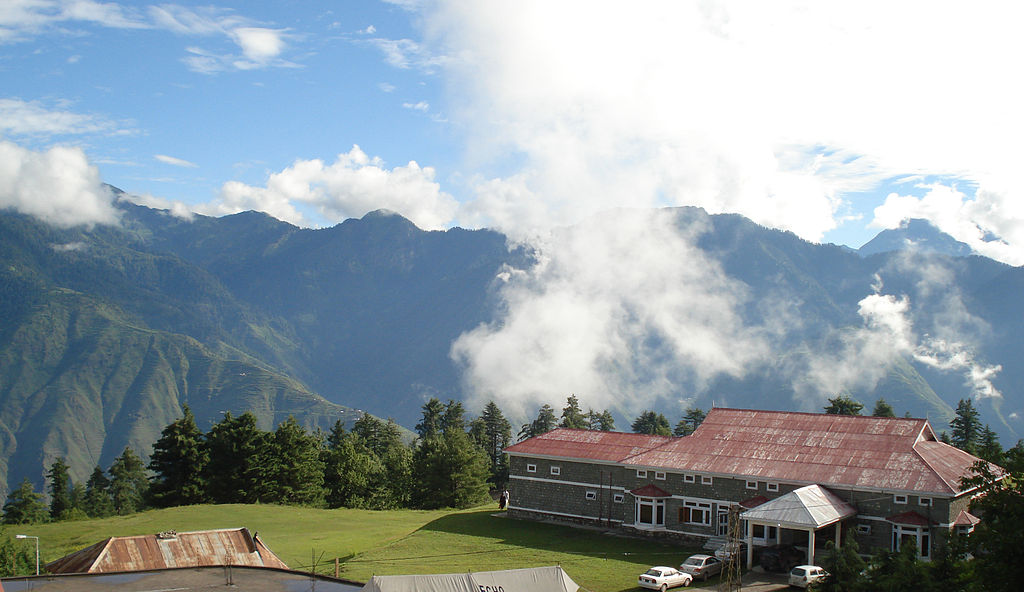Hunza
Our Gallery
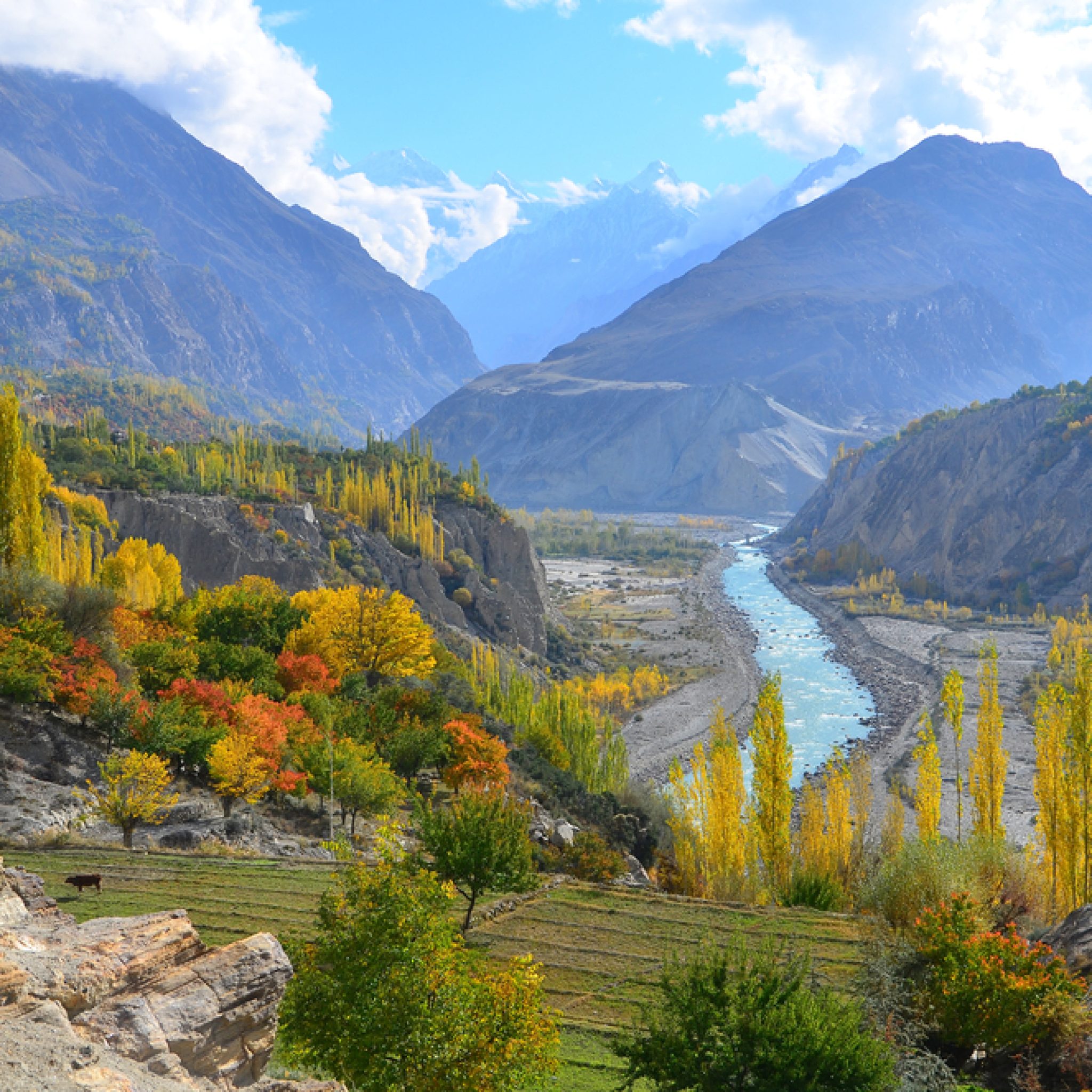
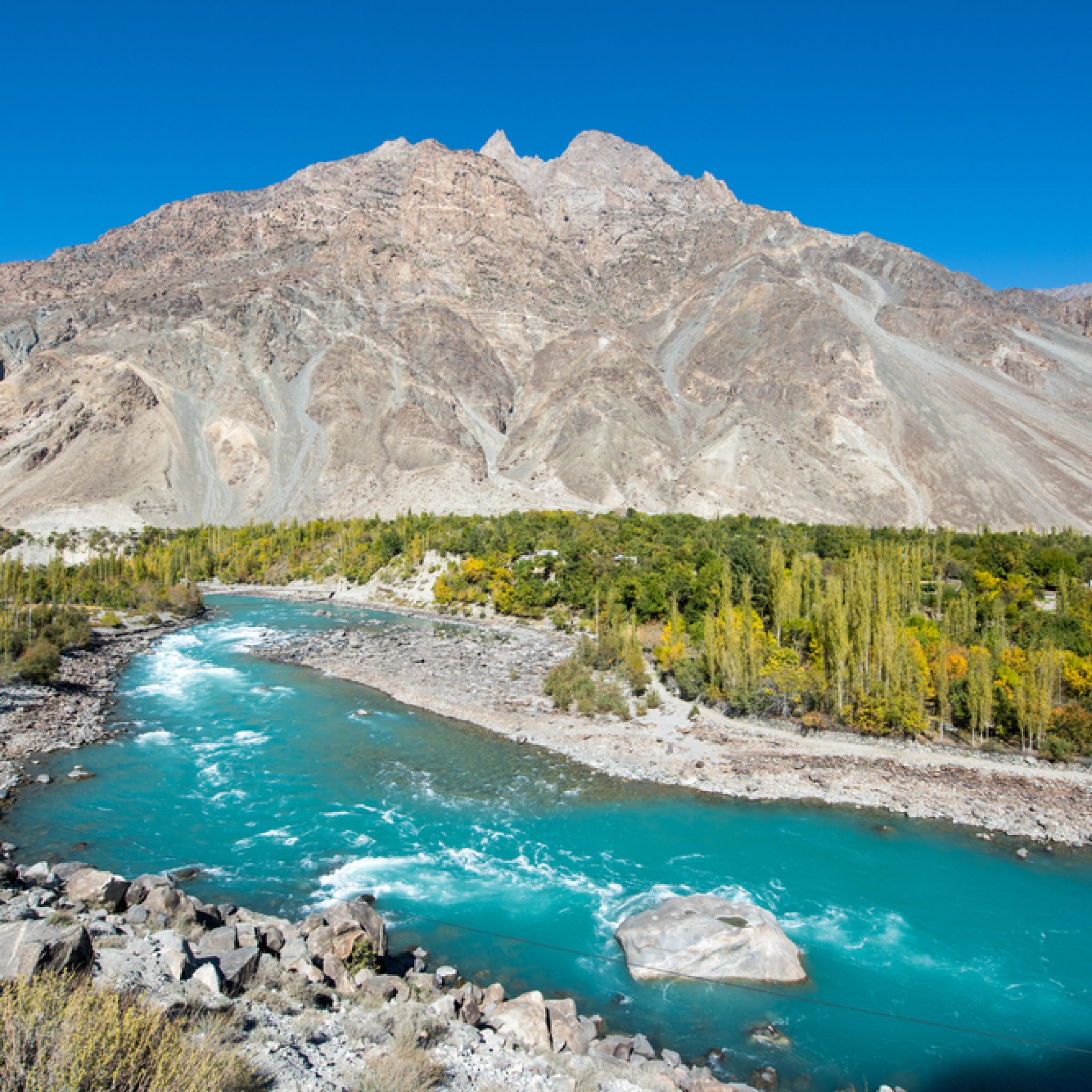
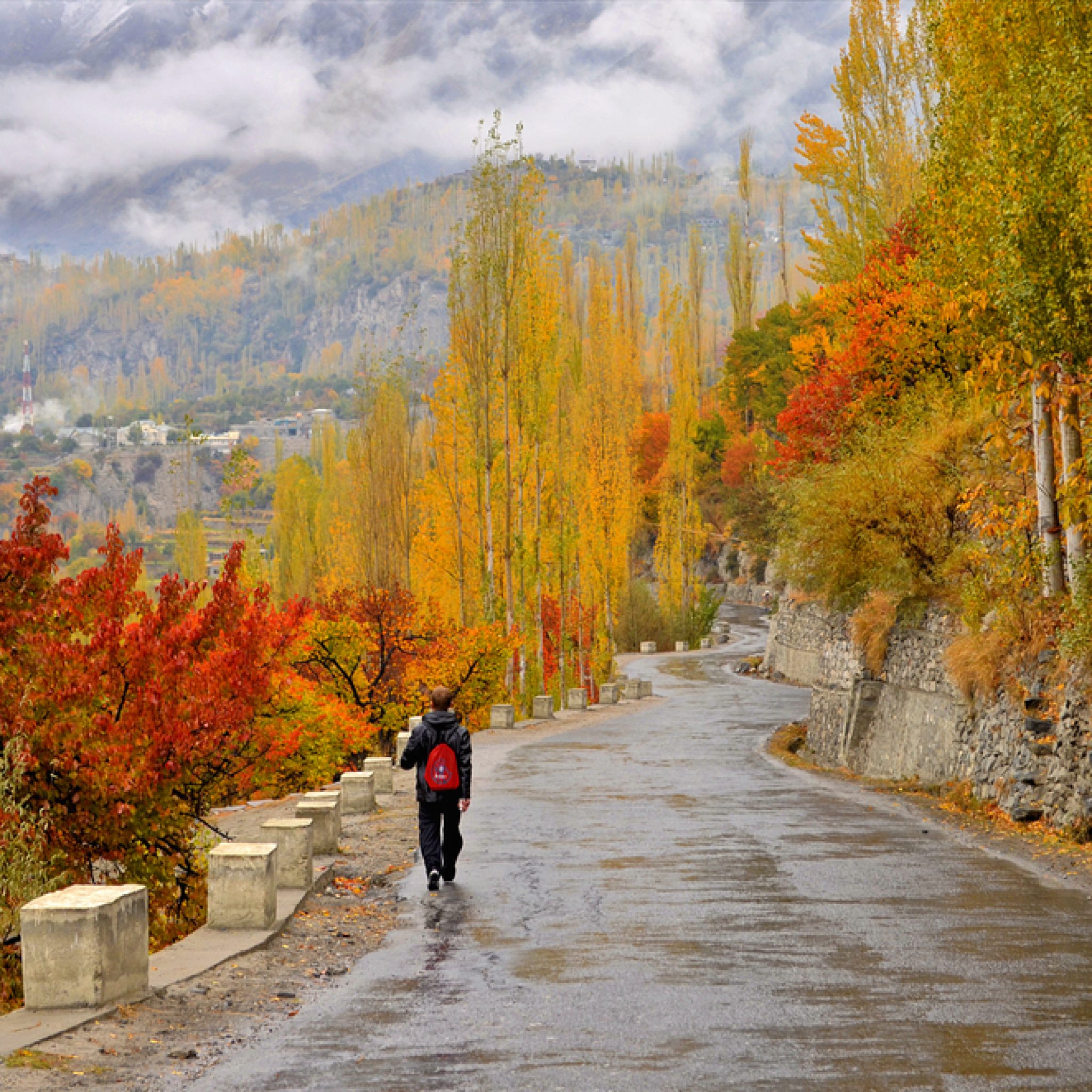
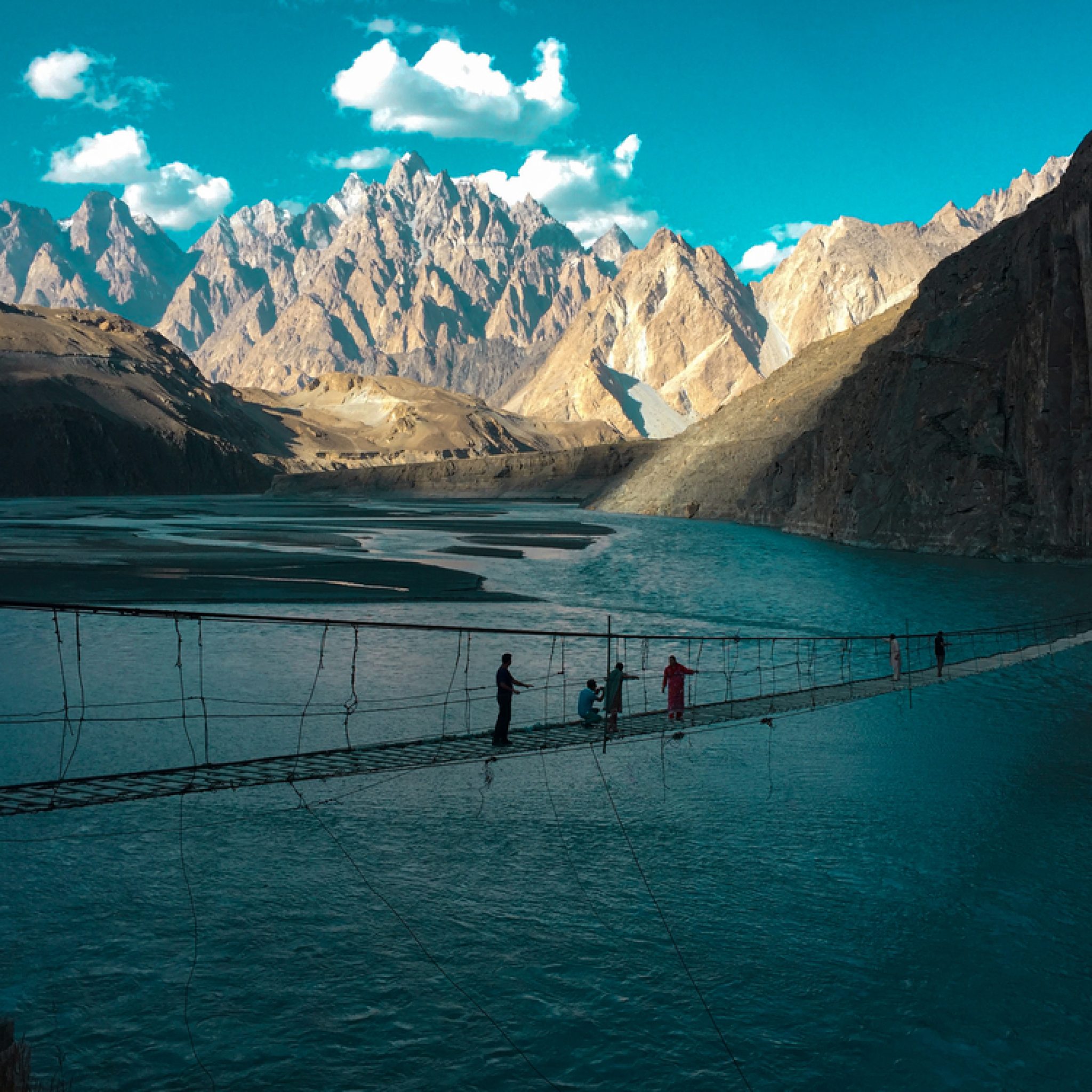
Tour
About the tour
Traveling to Hunza, Pakistan is a journey into a land of breathtaking natural beauty, rich culture, and captivating history. Nestled in the northern part of Pakistan, Hunza is a remote and mountainous region that offers an unforgettable experience for adventurous travelers. If you’re fortunate to visit during local festivals, such as the Hunza Cultural Festival or the Novruz Festival (celebrating the Persian New Year), you’ll have the opportunity to witness vibrant celebrations, traditional dances, and music performances.
Overall, traveling to Hunza, Pakistan promises an awe-inspiring journey that combines natural beauty, cultural exploration, and outdoor adventures, leaving you with unforgettable memories and a deeper appreciation for the wonders of this remote region.
Overall, traveling to Hunza, Pakistan promises an awe-inspiring journey that combines natural beauty, cultural exploration, and outdoor adventures, leaving you with unforgettable memories and a deeper appreciation for the wonders of this remote region.
Hunza Packages
Standard
Hotels: The Guest House
Included: Vehicle and Driver
Not Included: Meals, Passes, Fuel
Included: Vehicle and Driver
Not Included: Meals, Passes, Fuel
Deluxe
Hotels: 2 Magpie Nature Resort
Included: Vehicle and Driver
Not Included: Meals, Passes, Fuel
Included: Vehicle and Driver
Not Included: Meals, Passes, Fuel
Premium
Hotels: Serena Altit Fort
Included: Vehicle and Driver
Not Included: Meals, Passes, Fuel
Included: Vehicle and Driver
Not Included: Meals, Passes, Fuel
Gold
Hotels: Ambiance
Included: Vehicle and Driver
Not Included: Meals, Passes, Fuel
Included: Vehicle and Driver
Not Included: Meals, Passes, Fuel
Rates for foreigners , please select a category from the above options and submit the form. Our sales representative will get in touch with you.
01
Hunza Valley:
The Hunza Valley is a mountainous valley in the northern part of the Gilgit Baltistan Region of Pakistan, formed by the Hunza River, bordering Ishkoman to the northwest, Shigar to the southeast, Afghanistan’s Wakhan Corridor to the north, and the Xinjiang Region of China to the northeast. The Hunza Valley floor is at an elevation of 2,438 meters (7,999 feet). Geographically, the Hunza Valley consists of three regions: Upper Hunza (Gojal), Central Hunza, and Lower Hunza.
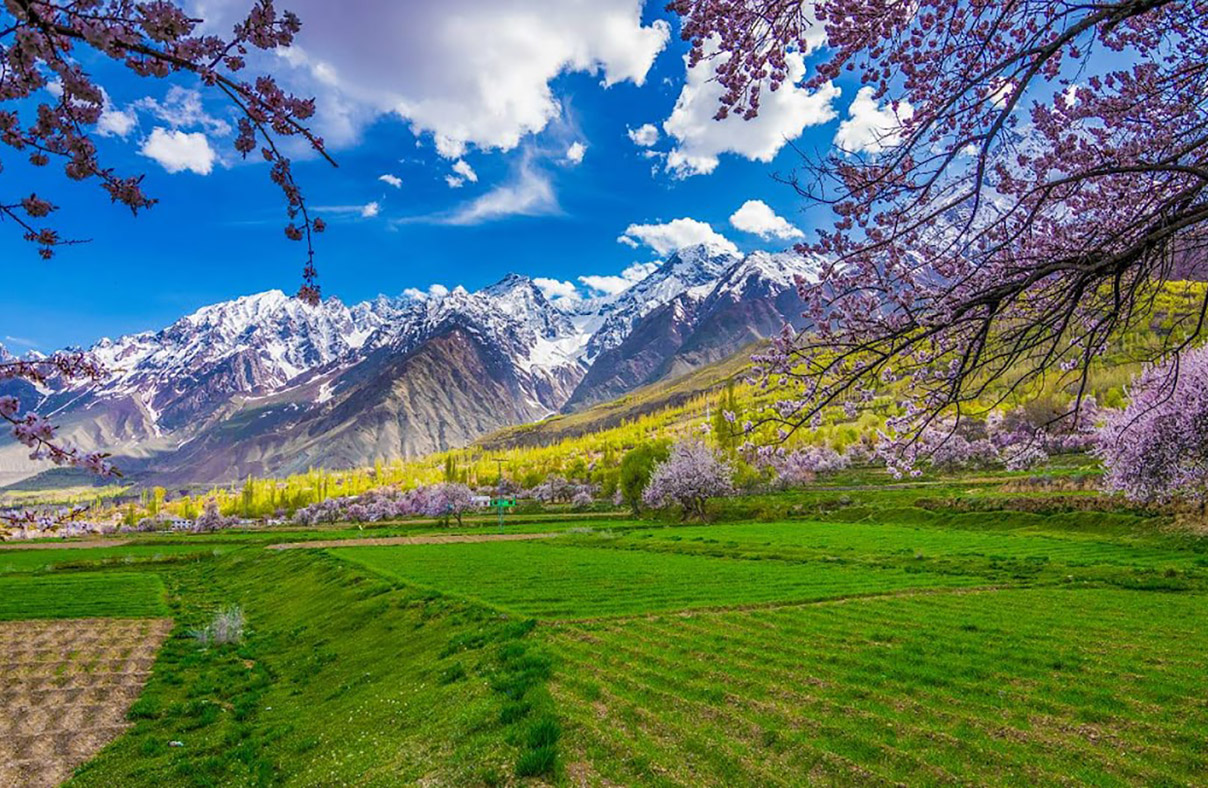
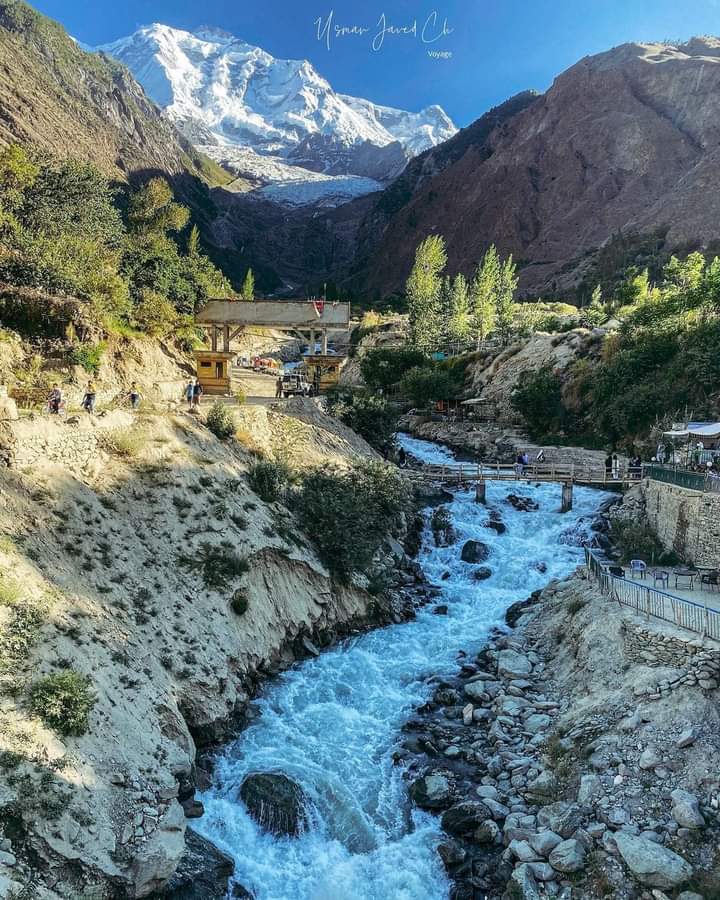
02
Rakaposhi View Point:
Rakaposhi is a mountain in the Karakoram mountain range in the Gilgit-Baltistan territory of Pakistan, about 100 km
(62 mi) north of the city of Gilgit. It is ranked 27th-highest in the world. Rakaposhi rises over the bagrot, Nagar, and Danyor. Rakaposhi is the only mountain in the world with more than 5,000 meters in height between the base camp
and the summit; by contrast, all of the other tallest mountains in the world have less than 5,000 meters from the base camp to the top.
03
Hopar Glacier:
The Hopar Valley is a scenic portion of the Nagar Valley in Gilgit-Baltistan, Pakistan. It is about 10 km away from Nagar Khas, the principal city of the Nagar Valley. Hopar Valley is home to the Spantik and Hopar glaciers.

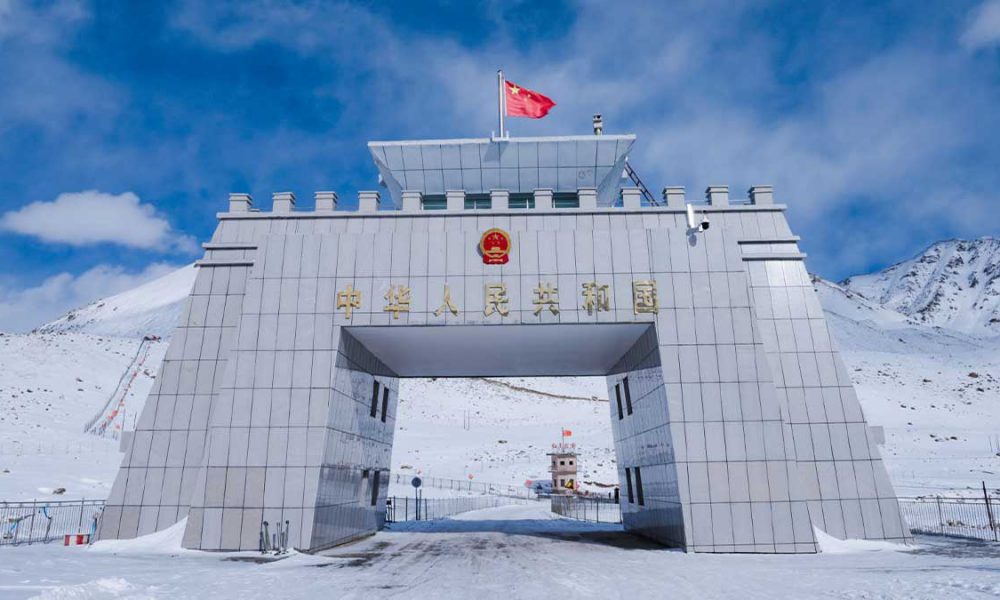
04
Khunjerab Pass:
The Khunjerab Pass is the highest-paved international border crossing in the world and the highest point on the
Karakoram Highway.
The roadway across the pass was completed in 1982 and has superseded the unpaved Mintaka and Kilik Passes as the primary passage across the Karakoram Range. The choice of Khunjerab Pass for Karakoram Highway was decided in 1966: China citing the fact that Mintaka would be more susceptible to air strikes recommended the steeper Khunjerab Pass instead.
The roadway across the pass was completed in 1982 and has superseded the unpaved Mintaka and Kilik Passes as the primary passage across the Karakoram Range. The choice of Khunjerab Pass for Karakoram Highway was decided in 1966: China citing the fact that Mintaka would be more susceptible to air strikes recommended the steeper Khunjerab Pass instead.
05
BALTIT FORT:
Baltit Fort is a fort in the Hunza Valley, near the town of Karimabad, in the Gilgit-Baltistan region of northern Pakistan. Founded in the 8th century CE, it has been on the UNESCO World Heritage Tentative list since 2004. The Mirs of
Hunza abandoned the fort in 1945 and moved to a new palace down the hill.
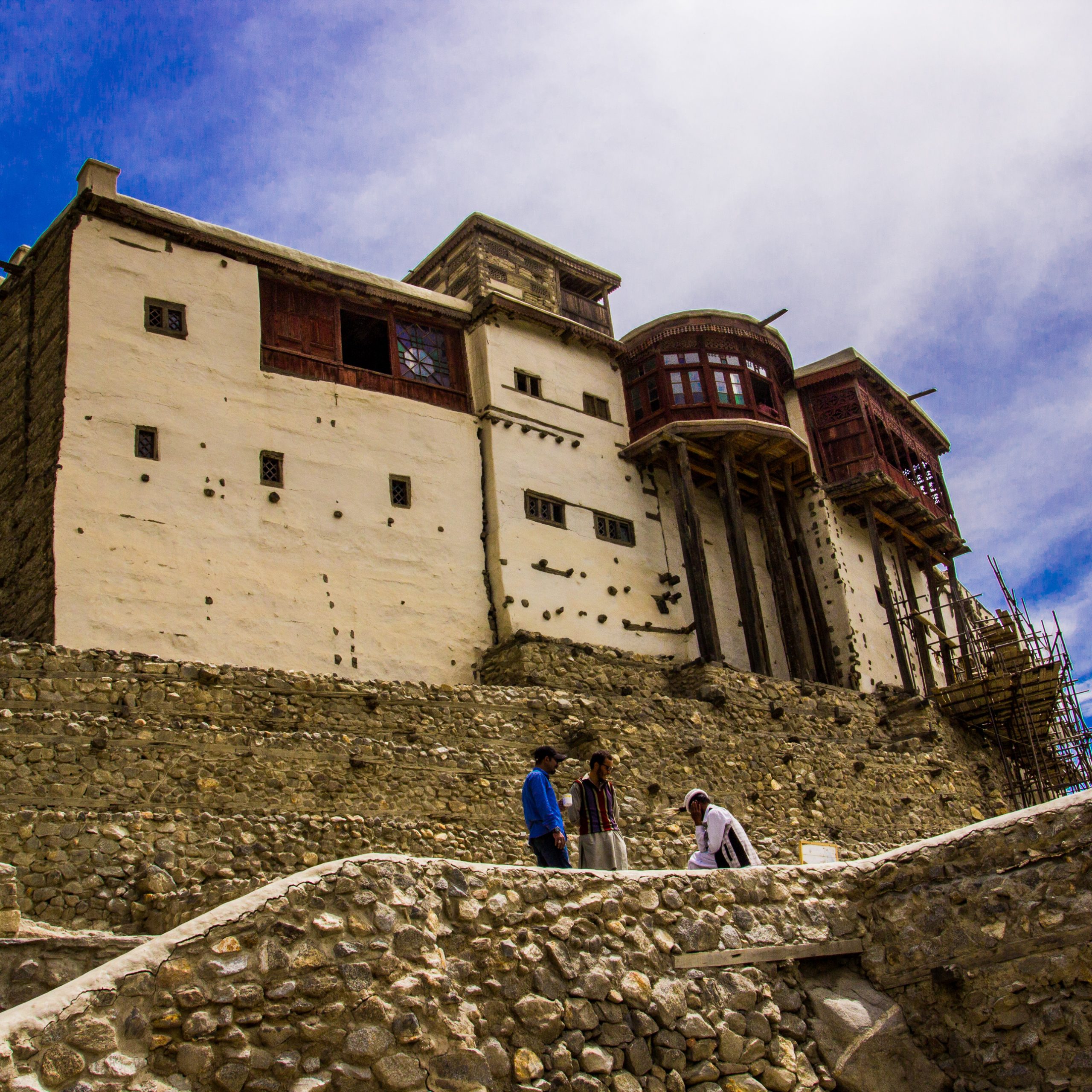
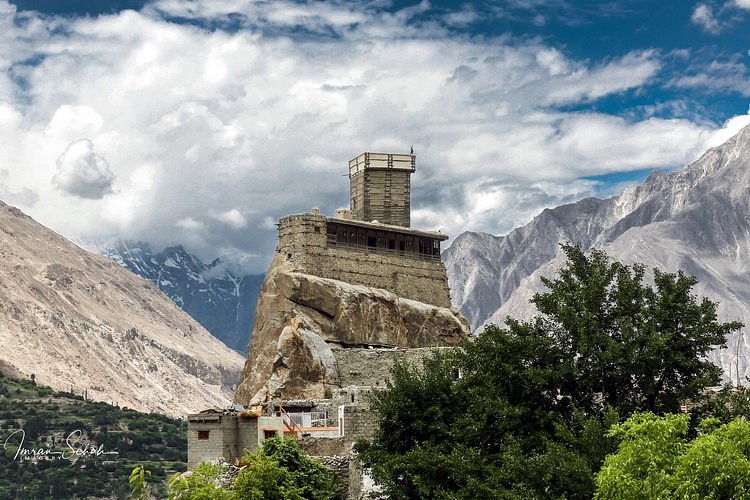
06
Altit Fort:
Altit Fort is an ancient fort in Altit Town in the Hunza Valley, Gilgit Baltistan. It was originally home to the hereditary rulers of the Hunza state who carried the title of ‘Mir’, although they moved to the somewhat younger Baltit Fort nearby three centuries later. Altit Fort and in particular the Shikari Tower is around 1100 years old, which makes it the oldest monument in the Gilgit–Baltistan. The fort received the UNESCO Asia Pacific Heritage Award for Cultural Heritage Conservation in 2011.
07
Ganesh Valley:
Ganish (also Ganesh) is a village in Pakistan. It is the oldest and first settlement on the ancient Silk Road in the
Hunza Valley and is the site of various ancient watchtowers, traditional mosques, religious centers, and a reservoir. It
is located 90 km and 2.5 hours traveling time from Gilgit. The meaning of the word “Ganish“ is unknown but according to local scholars, it is derived from the Burushaski word “Genish”, meaning gold. Ganesh has been a major town for travelers since the days of the Silk Road- now the Karakoram Highway.
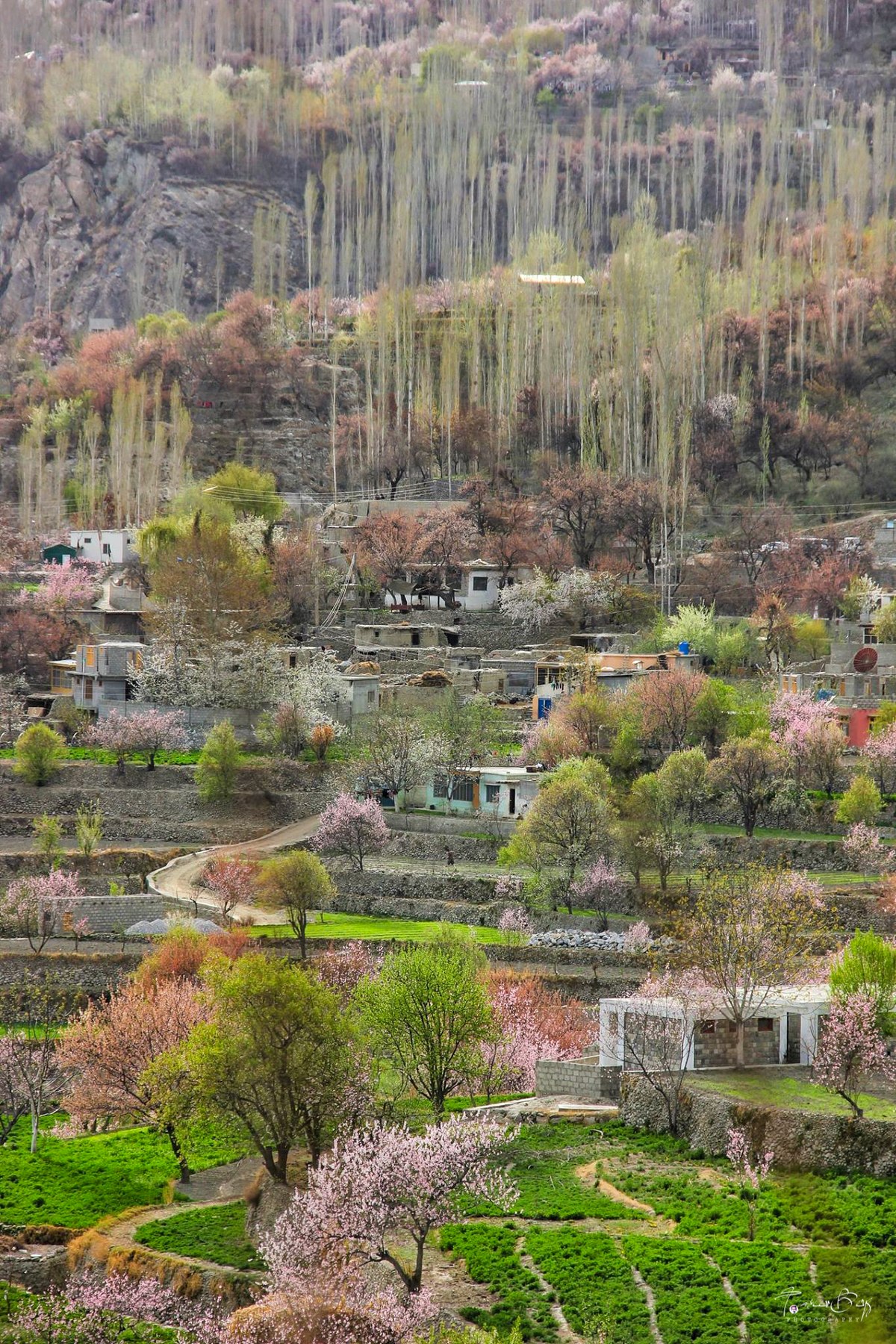
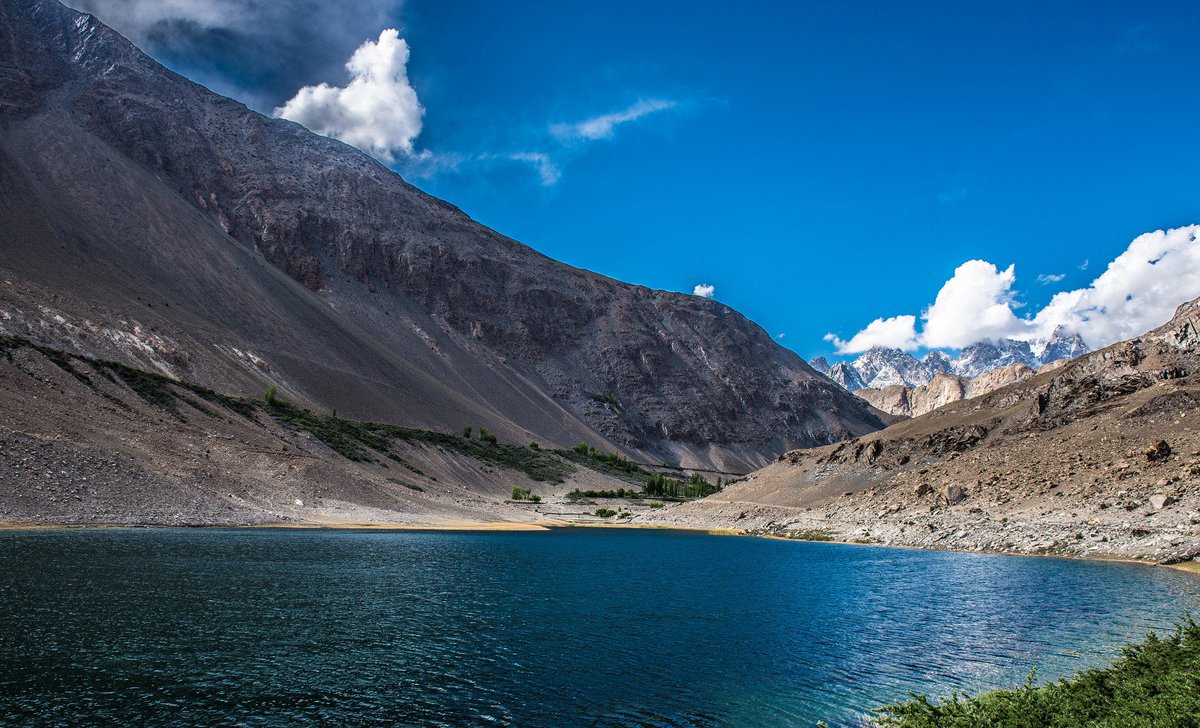
08
Borith Lake:
Borith Lake lies approximately 2 km to the north of Hussaini, a saline body of water occupying a small hollow at an
elevation of 2,500 meters (8,200 feet). The lake can be reached via a 2 km unpaved jeep route from Husseini village,
which lies adjacent to Gulmit village. It is also accessible by a 2-3 hour trekking route directly from Gulmit, across the end of the Ghulkin glacier. The site is a sanctuary for migrating wildfowl and is often visited by bird watchers and
nature lovers. To witness the large number of ducks arriving from the warmer parts of southern Pakistan, one should
visit between the months of March and June.
09
Attabad Lake:
Attabad Lake is located in the Gojal Valley Hunza, Gilgit Baltistan, Pakistan. The lake is 14 Km long, it was born after
a natural disaster in Attabad village. This Lake is full of chilly blue water, which slit into the lake from nearby glaciers and from the Hunza River. Moreover, there are many hotels and resorts built around the Lake as tourism in Attabad
Lake is booming.
The depth of Attabad Lake is 109 meters (357.6 feet). It is one of the deepest lakes in Pakistan with an altitude of 2,559 meters (8,396 ft). During winter season the lake is frozen. As the majestic Attabad Lake did not even exist before 2010, here it is in the formation we see today.
The depth of Attabad Lake is 109 meters (357.6 feet). It is one of the deepest lakes in Pakistan with an altitude of 2,559 meters (8,396 ft). During winter season the lake is frozen. As the majestic Attabad Lake did not even exist before 2010, here it is in the formation we see today.
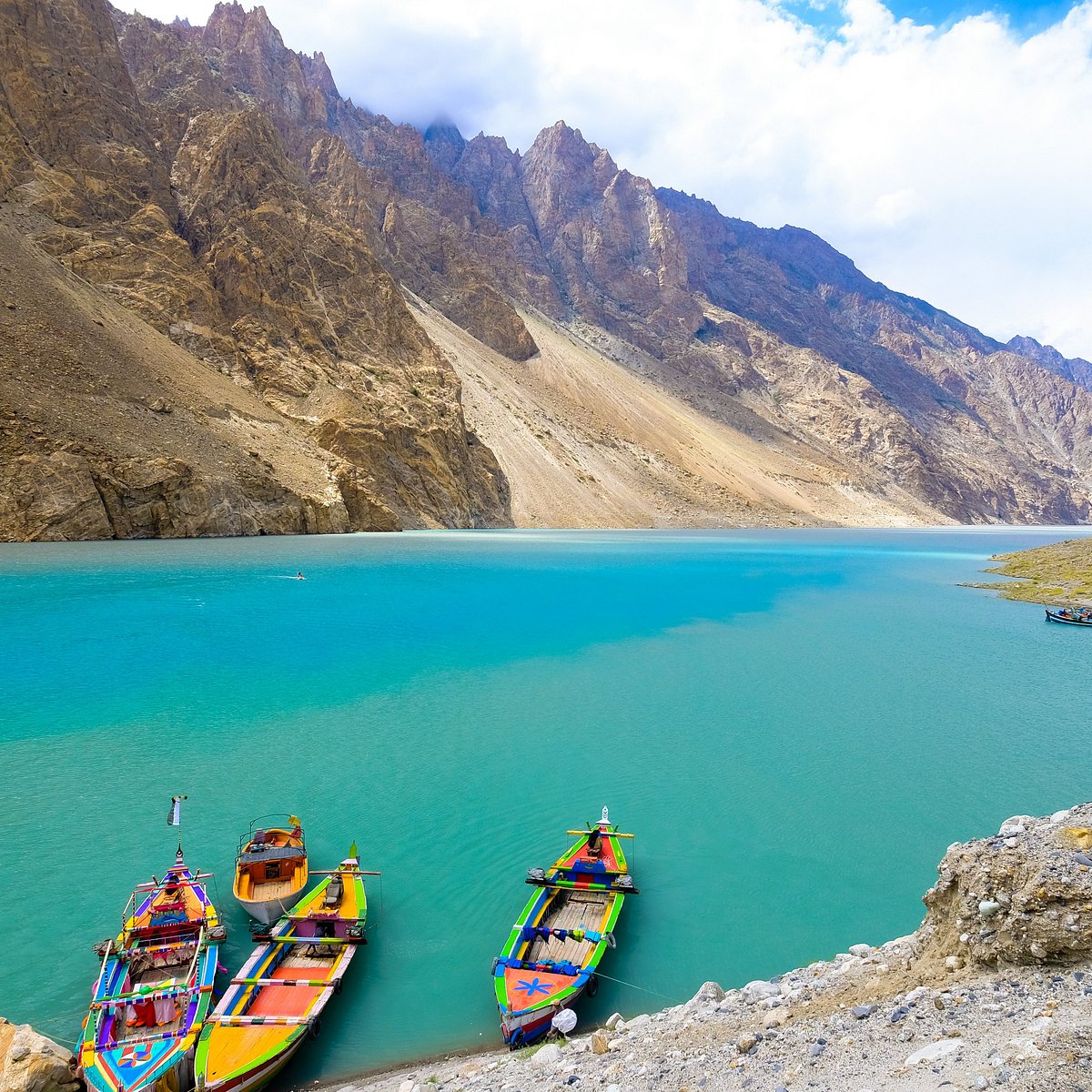
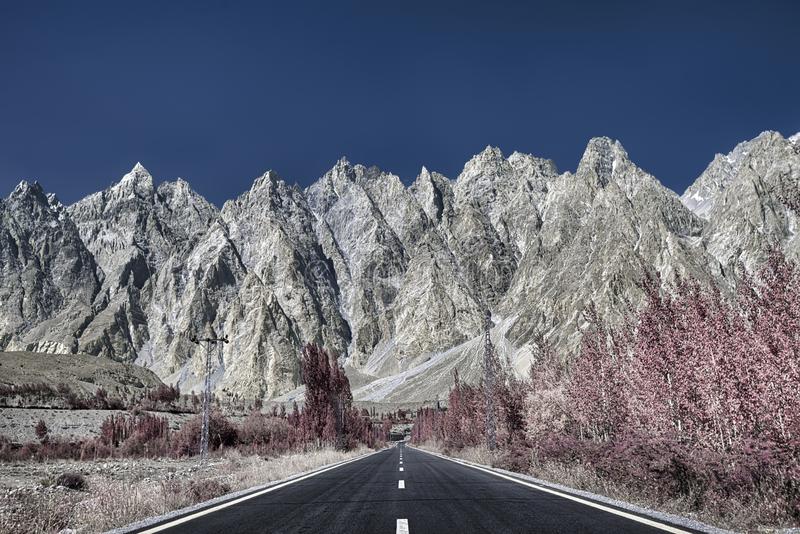
10
Passu Cones:
Passu is located along the Hunza River, about 20 kilometers (12 mi) from Gulmit, the Tehsil headquarters of Gojal, in Gilgit-Balstistan, and about 147 kilometers (91 mi) upriver from Gilgit. Passu is located in Gojal Valley, a subdivision of District Hunza. It lies very near the tongue of the Passu Cones, and just south of the tongue of the Batura Glacier. The latter is the seventh longest non-polar glacier in the world at 56 kilometers (35 mi), and reaches very near to the
highway
11
Hussaini Bridge:
The bridge was built during the British rule in the village of Shishkat in Gojal. During the construction of the
Karakoram Highway, this suspension bridge was shifted from Shishkat Village to Hussaini village in 1968 on the
orders of Mir of Hunza to reach the village of Zar Abad on the other side of the river.





